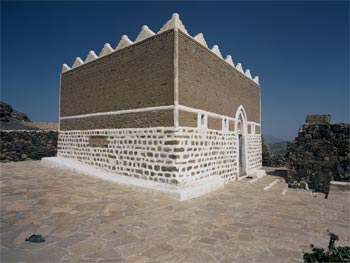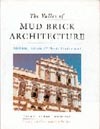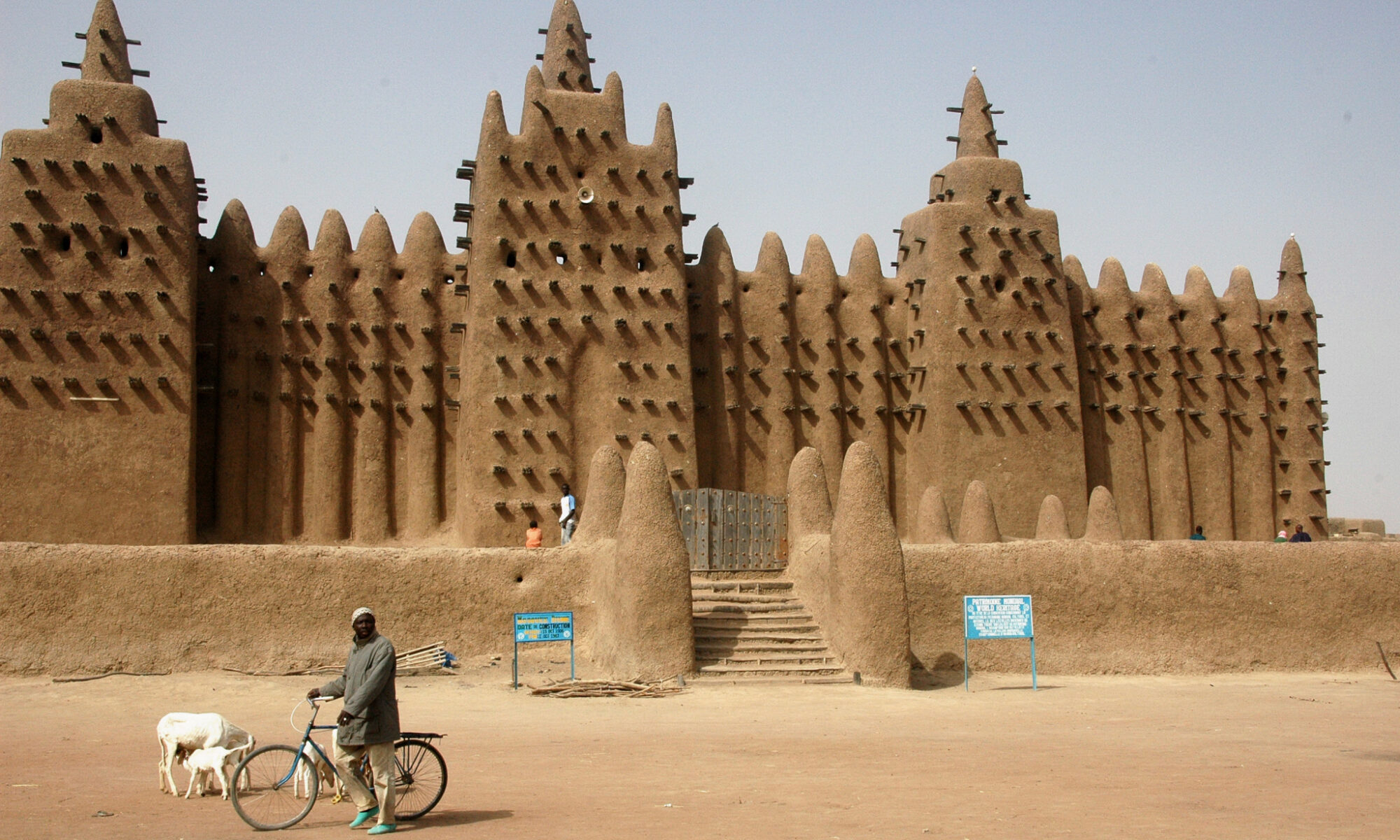The Tarim Conservation Project website documents the preservation of historic palaces of the Hadhramaut Valley in Tarim, Yemen. The principal investigators are art historian/archaeologist Dr. Selma Al-Radi, co-director of the ‘Amiriya Restoration Project in Rada’, Yemen, and architect/architectural conserator Pamela Jerome, an adjunct associate professor at Columbia University’s Graduate School of Architecture, Planning and Preservation (GSAPP) and a senior associate with Wank Adams Slavin Associates, a New York architecture and engineering firm. The trainees will be students from the historic preservation program of the GSAPP, along with Museum of the Hadhramaut personnel, and architecture students from the University of Mukallah. The significance of the Tarimi palaces and the fact that most of them are undocumented led us to propose their listing on the World Monuments Fund 100 Most Endangered Sites list for 2000-01. We have just received word that the site has been selected for re-listing on the 100 Most Endangered Sites list for 2002-03. Be sure to check out the visual resources page.
Al-Abbas Mosque

Al-Abbas Mosque is a testimony to the living traditions and architectural achievements of one of the world’s earliest civilizations. Built over 800 years ago, the mosque is situated on the remains of a pre-Islamic shrine or temple on a site considered sacred since ancient times. Its cubic form also has ancient precedents, including the Kaaba in Mecca. The local population continues to revere the mosque and the site today still holds special significance for them. The Al-Abbas Mosque restoration project is a recipient of the Aga Khan Award for Architecture, Ninth Award Cycle, 2002 – 2004.
The Valley of Mud-Brick Architecture

The Valley of Mud-Brick Architecture by Salma Samar Damluji is a scholarly book concentrating on the architecture and town planning of two towns in the Hadhramawt, Shibam and Tarim, Yemen. It looks at the very ancient origins of the south Arabian mud built architecture, its suitability for the climate, its adaptability, and its relative virtues compared with imported Western practices and how it can continue to develop as an indigenous Arabian art or science. It is clearly an exciting study to any such as Dr. Damluji, who had worked with and is clearly an admirer of Hassan Fathy, the great exponent of traditional mud brick architecture in Cairo. Read a review.
Yemen Article
This article from the Architectural Review describes how for over two millennia, the inhabitants of the Yemen have built their strange tower houses out of the earth below them. The tradition continues still and seems adaptable to modern life. Though much is beginning to decay, the crafts continue.
The Architecture of Mud
The Architecture of Mud, a film by Caterina Borelli and Pamela Jerome, is shot in the Hadhramaut region in the south east of Yemen which well known for its mudbrick architecture. Throughout the centuries, the population has developed very sophisticated building techniques and created a unique architectural environment.
